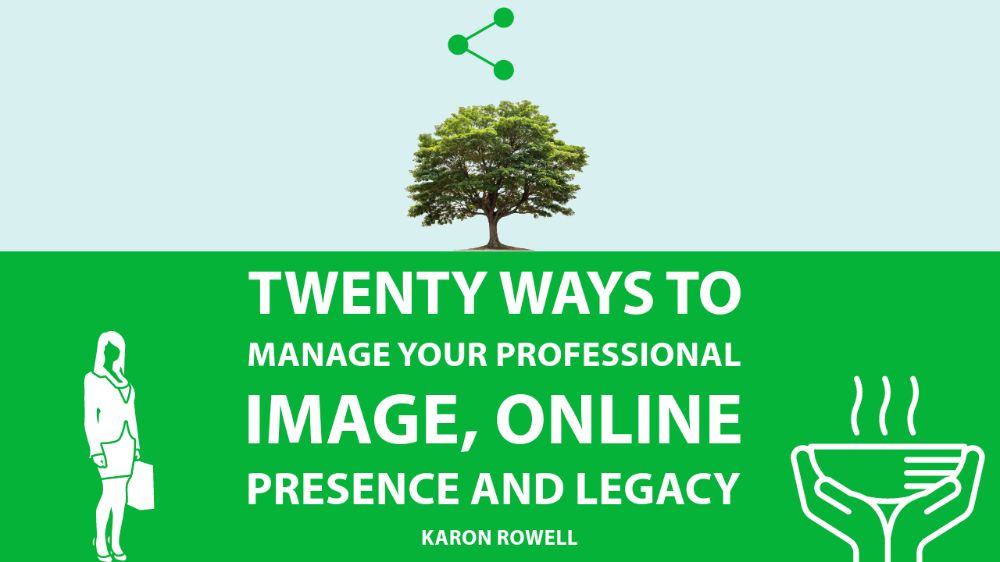What is Executive Presence?


Executive presence is a concept that goes beyond technical skills and qualifications. It encompasses the intangible qualities that inspire confidence, command respect, and project leadership in the business world. Developing executive presence is essential for professionals aspiring to take on leadership roles. In this article, we will explore the meaning of executive presence and provide practical applications to help individuals cultivate this influential quality.
Understanding Executive Presence:
Executive presence refers to the ability to exude confidence, charisma, and credibility in professional settings. It involves projecting a strong and authentic presence that captivates and influences others. While it can be challenging to define precisely, executive presence can be observed through a combination of verbal and non-verbal cues, such as effective communication, poise, gravitas, and the ability to inspire trust and engage others.
Practical Applications of Executive Presence:
Developing Strong Communication Skills:
Effective communication is a cornerstone of executive presence. Enhance your verbal and written communication skills to express ideas clearly, concisely, and persuasively. Practice active listening, ask thoughtful questions, and tailor your communication style to the needs of your audience.
Mastering Non-Verbal Communication:
Non-verbal cues play a crucial role in executive presence. Pay attention to your body language, maintaining an upright posture, making eye contact, and using appropriate gestures. Develop a confident and approachable demeanor that exudes professionalism.
Projecting Confidence and Gravitas:
Confidence is essential in executive presence. Cultivate self-assurance by showcasing your expertise, taking ownership of your ideas, and being comfortable with ambiguity. Demonstrate a calm and composed demeanor, especially in high-pressure situations, to inspire trust and confidence in your leadership.
Building Authentic Relationships:
Establishing meaningful connections with colleagues, stakeholders, and team members is a vital aspect of executive presence. Foster authentic relationships built on trust, respect, and effective collaboration. Display empathy, emotional intelligence, and a genuine interest in the well-being and success of others.
Demonstrating Strategic Thinking:
Executives with a strong presence exhibit strategic thinking skills. Develop the ability to see the big picture, identify opportunities and risks, and make informed decisions aligned with organizational goals. Articulate your ideas with clarity and showcase your ability to analyze complex situations and propose innovative solutions.
Embracing Resilience and Adaptability:
Executive presence involves demonstrating resilience and adaptability in the face of challenges and change. Embrace a growth mindset, be open to feedback, and continuously learn and develop your skills. Display composure and flexibility in navigating uncertainties and inspire others to do the same.
Executive Style and Presence:
Dress professionally and appropriately for the occasion, considering the organization's culture and expectations. Pay attention to grooming and personal presentation, as they contribute to the overall impression of executive presence. Develop your own style that reflects confidence, professionalism, and attention to detail.
Leading with Integrity and Ethical Behavior:
Executive presence is closely linked to leading with integrity and ethical behavior. Act in alignment with your values and ethical standards, displaying honesty, transparency, and a commitment to doing the right thing. Be a role model for others and hold yourself accountable for your actions.
Developing Strong Decision-Making Skills:
Effective leaders with executive presence demonstrate strong decision-making skills. Cultivate your ability to gather relevant information, analyze options, and make timely and well-informed decisions. Display confidence in your choices and take responsibility for their outcomes.
Seeking Continuous Growth and Learning:
Executive presence is not a static attribute but an ongoing journey of growth and development. Seek opportunities for professional development, engage in continuous learning, and invest in your personal and leadership skills. Regularly evaluate your performance and seek feedback to identify areas for improvement.
Whatever you do, do not ever use the phrase "Executive presence" in a sentence. Executive presence is kind of like charisma. People who have it don't talk about the fact that you have it. They just have it.
Executive presence is a powerful quality that can elevate your professional presence and open doors to leadership opportunities. By cultivating effective communication skills, projecting confidence and gravitas, building authentic relationships, demonstrating strategic thinking, and embodying integrity, you can develop and apply executive presence in your career. Remember that executive presence is not about pretense but about authentically showcasing your best self as a leader and inspiring others to reach their full potential.
Shop our store here.

